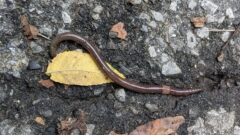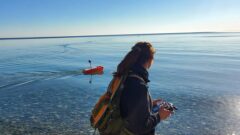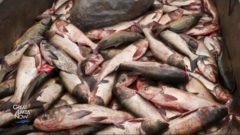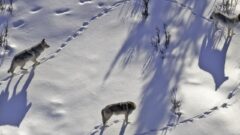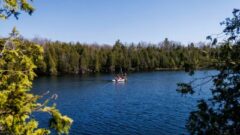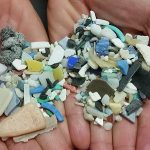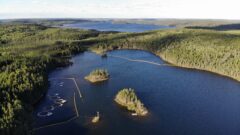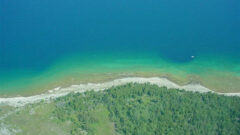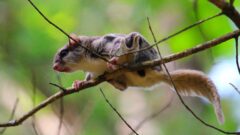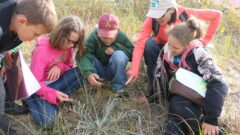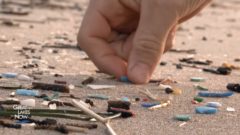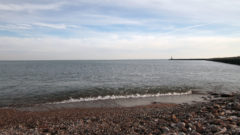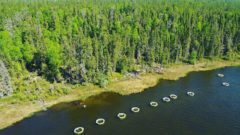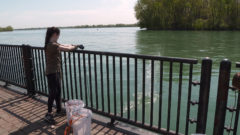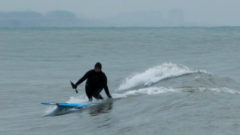Science Says What? Pitcher plants feast on salamanders, unveiling a brutal side of botanical carnivory

Science Says What? is a monthly column written by Great Lakes now contributor Sharon Oosthoek exploring what science can tell us about what’s happening beneath and above the waves of our beloved Great Lakes and their watershed.
In the summer of 2017, Teskey Baldwin, a student at Ontario’s University of Guelph, was studying whether pitcher plants near water capture more insects than those farther away.
Great Lakes Now
https://www.greatlakesnow.org/2023/12/science-says-what-pitcher-plants-feast-on-salamanders-unveiling-a-brutal-side-of-botanical-carnivory/

